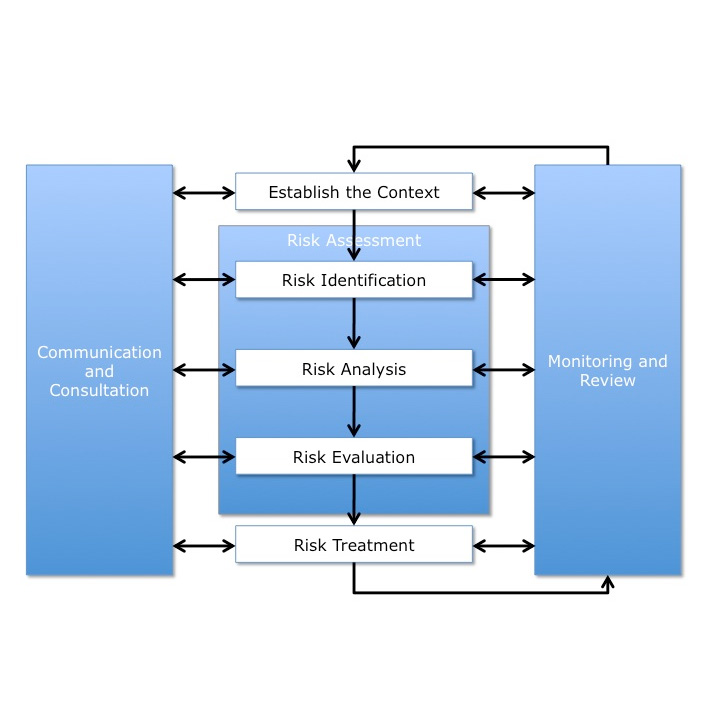Capital infrastructure projects, the backbone of any thriving metropolis or region, often face unexpected delays that can trigger a domino effect of consequences, including cost overruns and inefficiencies. However, partnering with a Program Management Consultant (PMC) can help navigate these challenges and ensure projects remain on schedule and within budget. This article aims to shed light on the prevalent issues that cause these delays and to illustrate how a PMC can serve as an effective solution to these problems.
Unraveling the Causes of Project Delays
The path to successful completion of capital infrastructure projects is often riddled with obstacles, with some key issues frequently leading to unexpected delays.
-
- Inadequate Planning – by far most common
The timeless adage, “failing to plan is planning to fail,” rings especially true for capital infrastructure projects. Comprehensive planning is an indispensable foundation for such projects, involving extensive preparation around procurement, permitting, site selection, and site preparation. A lack of sufficient planning can create vulnerabilities and lead to considerable delays. It’s akin to setting sail without a map – likely to lead to lost time, cost overruns, and, in some cases, an inability to complete the project.In the complex ecosystem of capital infrastructure projects, inadequate planning often emerges as the most notorious catalyst for delays. Proper planning forms the bedrock of these projects, serving as a blueprint that guides every subsequent stage. From defining the project scope to coordinating procurement and permitting, effective planning maps out each step towards the successful completion of the project. Yet, this crucial process is frequently overlooked or rushed, with stakeholders eager to break ground. The resulting inadequacies in planning can precipitate a series of setbacks, delaying the project and escalating costs.Inadequate planning is akin to embarking on a journey in uncharted territory without a map or compass. It leaves the project susceptible to an array of pitfalls, such as unclear objectives, poorly defined scope, unrealistic timelines, and lack of contingency plans. When planning is insufficient, crucial elements like procuring necessary materials, scheduling tasks, predicting potential obstacles, and managing changes in scope become overwhelming challenges. This, in turn, creates a domino effect – problems multiply, timeframes extend, costs escalate, and the entire project schedule is thrown into disarray. Simply put, the seeds of many project delays are sown in the soil of inadequate planning.
- Unclear Scope and Objectives
Without a clear project scope and objectives, capital infrastructure projects can quickly go off course. Project scope delineates the boundaries of the project and guides all decisions related to cost, time, and resources. If these are not well-defined from the onset, it can lead to misunderstanding, rework, cost escalation, and delays, often resulting in a project that struggles to stay on track and meet stakeholders’ expectations.
- Scope or Design Changes
Even minor changes to the project scope or design can trigger significant disruptions. These changes often necessitate revisions to plans and recalibrations of resources, causing schedule delays and ballooning costs. They can also lead to a ripple effect of alterations in interconnected tasks and create a project that is a shadow of the original plan.
- Procurement or Permitting Delays
In a world where just-in-time delivery is becoming the norm, any delays in procuring materials, equipment, or obtaining necessary permits and approvals can significantly slow down project progress. Such delays can cause a cascade of postponements in other project tasks, leading to an overall project schedule overrun.
- Unforeseen Site Conditions
Unanticipated site conditions, such as contaminated soil or undisclosed underground utilities, can lead to substantial delays and increased costs. These hidden hurdles often require remediation plans, additional safety measures, and alternate work plans, pushing back the project schedule significantly.
- Poor Communication and Coordination
Communication and coordination form the glue that holds complex capital infrastructure projects together. Poor communication and coordination among various project stakeholders can lead to misunderstandings, duplication of work, missed tasks, and conflict – all of which contribute to inefficiencies and delays.
- Inadequate Planning – by far most common
Mitigating Delays with Program Management Consultants
In such a complex scenario, the services of a Program Management Consultant can be instrumental in preventing common pitfalls. Here are some ways PMC’s help mitigate risks and drive successful projects:
- Expert Planning and Management
PMCs, armed with their extensive experience and expertise, can provide a robust planning framework for infrastructure projects. They help organize the project, ensure readiness for construction, and monitor progress, keeping everything on track and well-coordinated.
- Defining Project Scope and Objectives
A PMC can help stakeholders clearly define the project scope and objectives. They serve as a guiding force for the project, steering it towards the defined goals and keeping it aligned with the stakeholders’ vision.
- Managing Scope Changes
With their professional acumen, PMCs help manage scope changes efficiently, ensuring that they are appropriately documented, approved, and integrated into the project plan without causing disruptions or cost overruns.
- Coordinating Procurement and Permitting
PMCs excel in coordinating procurement and permitting, guaranteeing that necessary materials and equipment are procured promptly and that requisite permits and approvals are secured in a timely manner, thus avoiding delays.
- Identifying and Mitigating Potential Site Issues
PMCs can identify potential site issues early on, and formulate contingency plans. Their proactive measures ensure that unexpected site conditions do not evolve into major stumbling blocks.
- Facilitating Communication and Coordination
As central figures in the project, PMCs facilitate effective communication and coordination among project stakeholders. They promote a cohesive project environment, which, in turn, can significantly reduce inefficiencies and delays.
By engaging a Program Management Consultant, municipalities and other entities can improve the success rate of their capital infrastructure projects. PMCs, with their ability to anticipate, manage, and mitigate the most common issues that lead to delays, prove to be indispensable partners in any large-scale project. Their role in guiding these projects to successful completion, on time and within budget, underscores the tremendous value they bring to the complex world of infrastructure development.
At Front Line Advisory Group, we are pioneers in Capital Improvement Bond Management, leveraging unparalleled expertise and deep industry insights. Our mission extends beyond consultation – we empower our clients to realize the full potential of their investments, ensuring tax dollars are put to maximum use through astute Program Management Consulting. For more information or to commence your journey towards transformative bond management, reach out to us at info@frontlineadvisorygroup.com.












